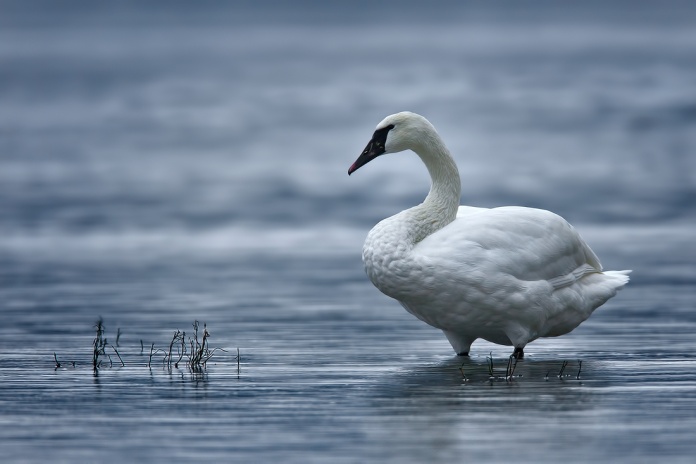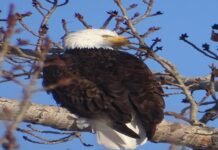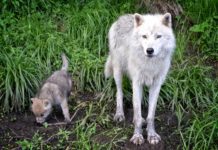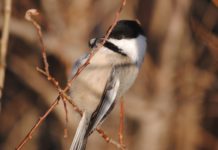
Although not a permanent resident of our immediate area, birders flock to see Tundra Swans in our inland waterways as they migrate through Alberta in the late autumn and early spring. These majestic visitors pass through Calgary on their way to and from their breeding grounds in the arctic. Despite our romanticism of these beautiful animals, Tundra Swans are formidable opponents when roused and will protect their nests against predators including foxes, weasels and other birds.
Tundra Swan Facts
- The first written description of the Tundra Swan was provided by Lewis and Clark; Lewis dubbed them “whistling swans” because of the sound of their wings in flight
- Tundra Swans pair bond and once bonded remain together for feeding, roosting and mating
- During breeding season, Tundra Swans typically sleep on the ground; during the winter they tend to sleep on the water
- Tundra Swan plumage, normally pure white, can take on a reddish tinge when feeding in iron-rich areas
- Juvenile swans, or cygnets, have downy grey feathers
It is important not to feed bread to wildlife; bread is harmful to waterfowl as it is not a nutritionally complete food source. Feeding swans and geese can encourage them to forego migration, can increase habituation and aggression towards people, and it can cause malformation in wing and feather development due to nutritional deficiencies.
If you find an injured or orphaned wild bird or animal in distress, please contact the Calgary Wildlife Rehabilitation Society at 403-214-1312 for tips, instructions and advice, or look at the website at www.calgarywildlife.org for more information.









